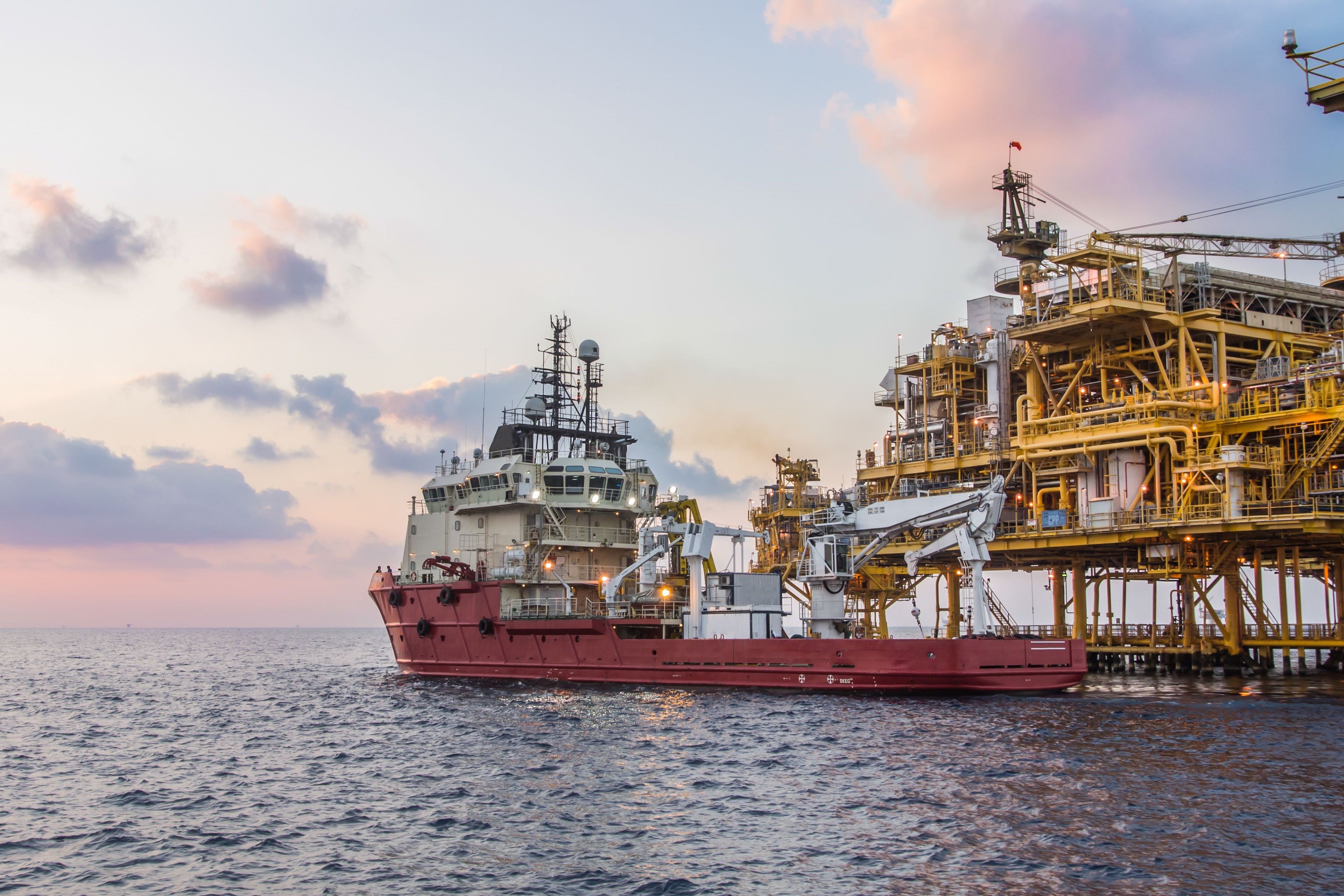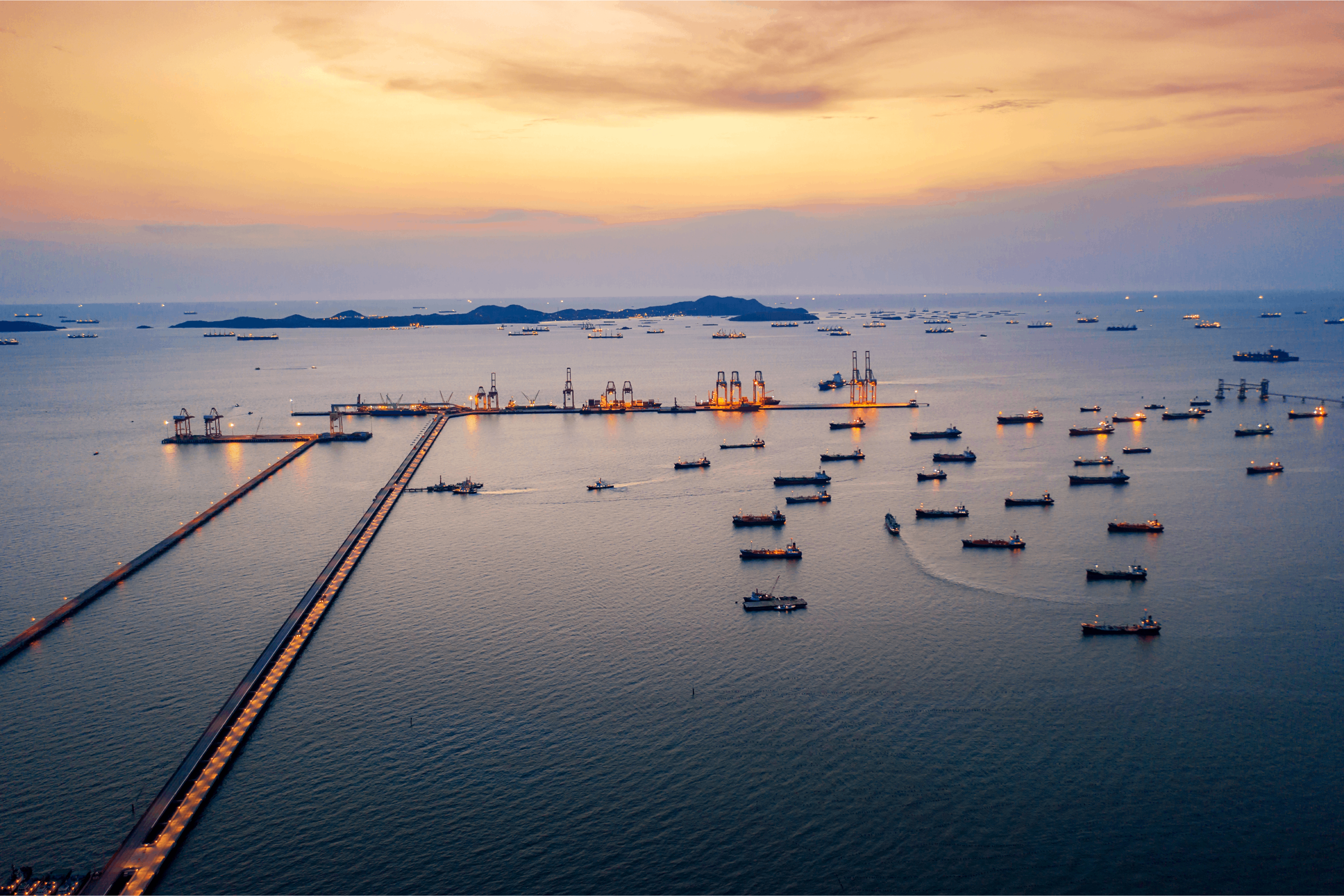EY refers to the global organization, and may refer to one or more, of the member firms of Ernst & Young Global Limited, each of which is a separate legal entity. Ernst & Young Global Limited, a UK company limited by guarantee, does not provide services to clients.
How EY can Help
-
EY-Parthenon professionals can help your business design and provide transformative strategies for sustainable growth. Learn more.
Read more
In 2020, China launched the dual circulation economic strategy to promote development. The country enhanced supply-side reforms to drive domestic demands and experienced a vibrant economic recovery in the second half of the year. On the other hand, it fostered multilateral international cooperation and reached major breakthroughs with Asia-Pacific and the European Union (EU) economies. The signing of the Regional Comprehensive Economic Partnership (RCEP) gave birth to the world’s largest free trade zone. The on-schedule conclusion of the negotiations for the Comprehensive Agreement on Investment (CAI) will pave the way toward deeper economic and trade cooperation between China and EU countries. This is good news to the Chinese investors going abroad, who can be benefitted by a set of consistent investment rules under the CAI when investing in the EU, which can alleviate investment costs, lower trade barriers and enhance business environments. It is believed that these developments have strengthened confidence and motivation to the recovery of the world economy. The overseas market development is necessary to complement domestic circulation, which forms the foundation and protection of the Chinese economy. Chinese enterprises will continue to actively participate in international cooperation and competition, and this will contribute to a healthier and more sustainable development in the internal circulation within China. Though the pandemic is expected to continue to impact global cross-border investment in the short term, Chinese enterprises may utilize opportunities brought by the recent breakthroughs in multilateral cooperation and achieve more stable and longer-term development in overseas markets.














